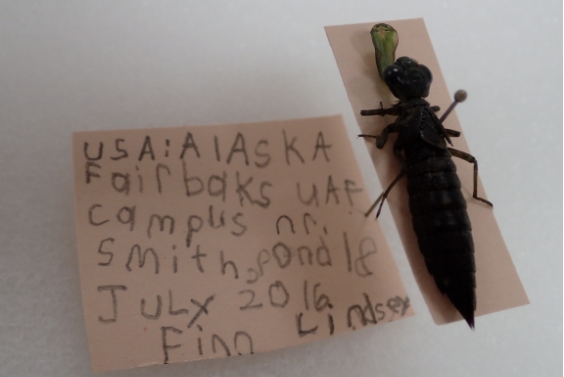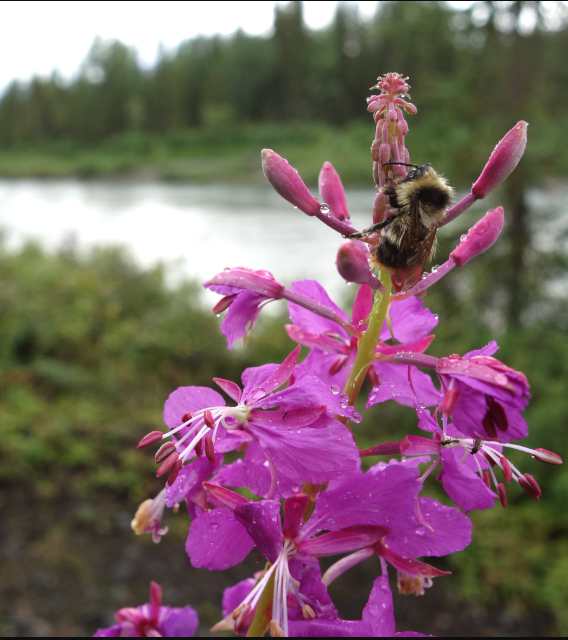Learning more about the behavior of bed bugs is one approach being used by U.S. Department of Agriculture (USDA) scientists to identify compounds to help control these pests.
The resurgence of bed bugs over the last decade has caused problems in major U.S. cities where they infest homes, apartments, hotels, shelters and even places of work. The small, blood-feeding insects are not known to transmit diseases, but they can cause severe reactions in people who are allergic to them. Bed bugs usually go unnoticed until their numbers increase significantly, and getting rid of them can be costly.
Entomologist Mark Feldlaufer and chemist Kamlesh Chauhan at the Agricultural Research Service (ARS)Henry A. Wallace Beltsville Agricultural Research Center (BARC) in Beltsville, Md., have identified two new alarm pheromones—4-oxo-hexenal and 4-oxo-octenal—in immature bed bugs. The releasing of alarm pheromones, which are defensive compounds, causes aggregated bed bugs to scatter.
Scientists collected cast skins that retain chemicals from the bed bug’s scent glands and then used gas chromatography and mass spectrometry technology to analyze and identify compounds. Swedish researchers subsequently identified the same compounds from a related species, the tropical bed bug, demonstrating that the compounds are biologically active.
This indicates that alarm pheromones may have implications in bed bug management, according to Feldlaufer, who works at BARC’s Invasive Insect Biocontrol and Behavior Laboratory. By causing insects to disperse, the likelihood of bed bugs coming into contact with a control agent increases.
ARS and University of Nevada-Reno scientists also identified 17 compounds in the bed bug’s outer protective layer of skin, a discovery they believe may play an important role in bed bug aggregation behavior.
Read more about this research in the February 2013 issue of Agricultural Research magazine.
ARS is USDA’s principal intramural scientific research agency.
Source: USDA





